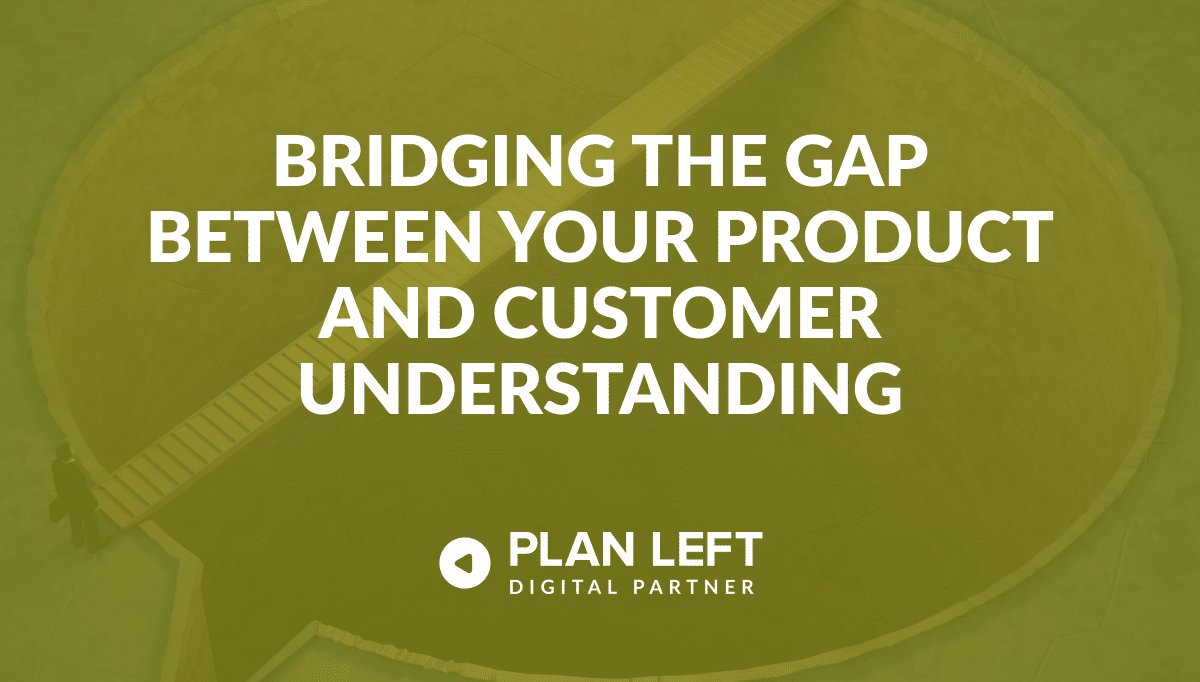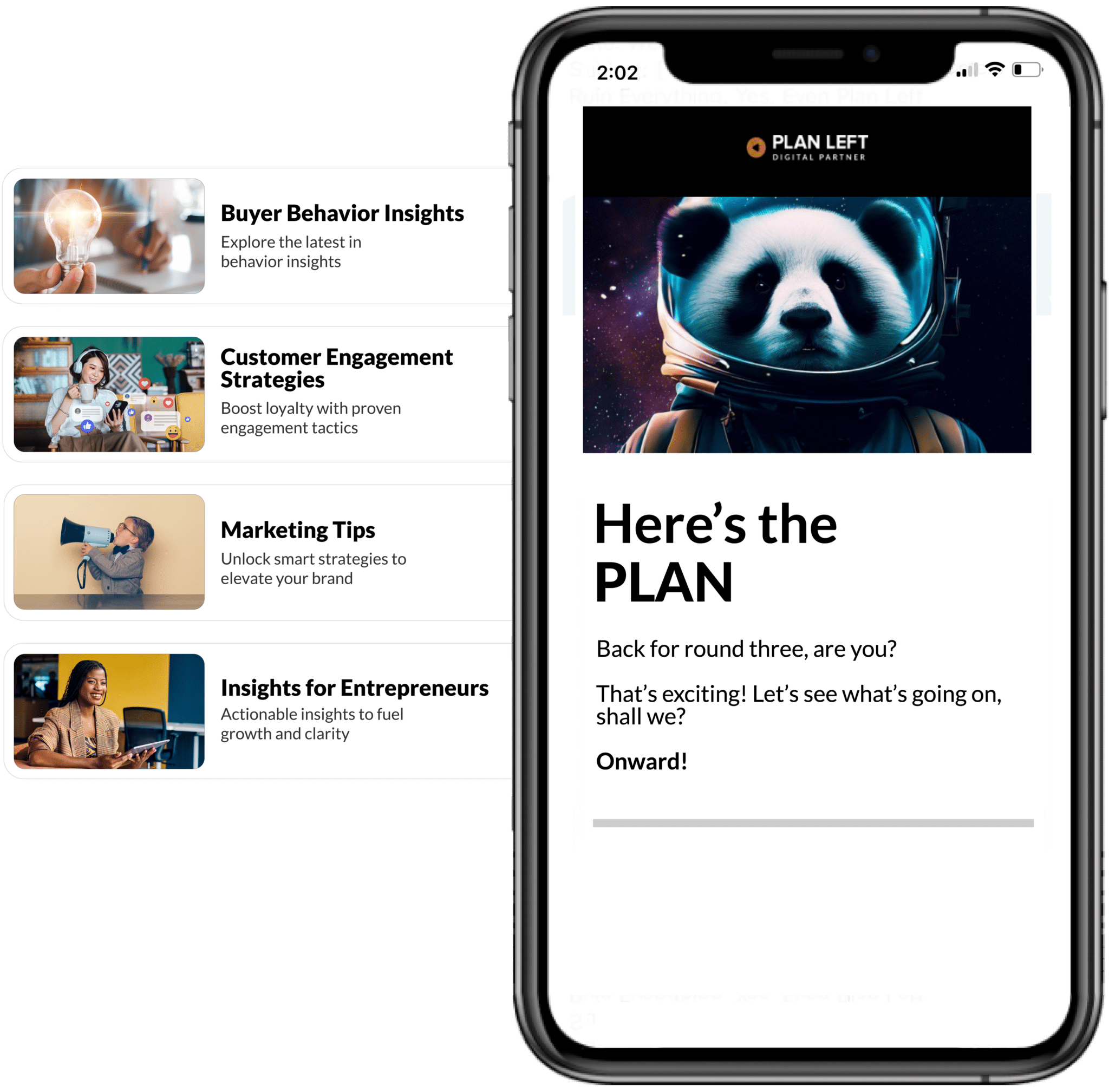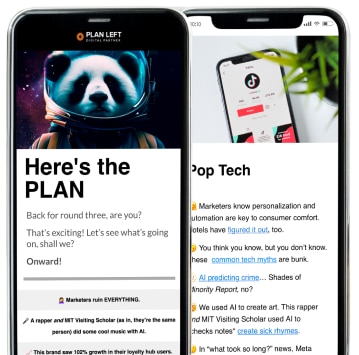
The most brilliant product innovations can fall flat in the marketplace, not because they lack functionality, but because customers simply don’t understand their value. When technical excellence meets communication failure, even revolutionary products become invisible to the very people they’re designed to help.
This disconnect between product capability and customer perception creates a costly gap that leaves businesses wondering why their exceptional offerings aren’t gaining traction. The solution lies in mastering the art of product communication—transforming complex features into compelling narratives that resonate with real customer needs.
Diagnosing Communication Barriers
Identifying Understanding Disconnects
Product communication challenges often stem from a fundamental misalignment between how companies describe their offerings and how customers process information.
Many businesses fall into the trap of leading with technical specifications rather than customer outcomes, assuming that impressive features automatically translate to perceived value.
One of the most common sources of product communication challenges is the curse of knowledge—when product teams become so familiar with their offering that they lose sight of what it’s like to encounter it for the first time.
This insider perspective leads to messaging that makes perfect sense internally but feels foreign to potential customers.
Psychological barriers to product comprehension also play a significant role in communication breakdowns. Customers often filter new information through their existing mental models and past experiences. When product messaging doesn’t align with these cognitive frameworks, it creates resistance rather than understanding. Additionally, decision-makers are frequently overwhelmed with choices and information, making them more likely to dismiss anything that requires significant mental effort to comprehend.
Translating Technical Features into Customer Value
The Art of Meaningful Product Storytelling
Effective product storytelling begins with a fundamental shift in perspective—from product-centric to customer-centric communication. This transformation requires understanding not just what your product does, but what your customers are trying to accomplish and the obstacles they face in achieving those goals.
Techniques for transforming technical language start with identifying the human impact behind every feature. Instead of describing a “real-time analytics dashboard,” consider how this feature enables “instant visibility into performance trends that help you make confident decisions without waiting for monthly reports.” This approach connects technical capability to emotional and practical benefits that customers can immediately grasp.
Creating relatable product narratives involves weaving your product’s capabilities into stories that mirror your customers’ daily experiences. Rather than presenting a list of functions, craft scenarios that show how your product integrates into their workflow, solves their frustrations, or amplifies their successes.
These narratives should feel familiar and aspirational, helping customers envision a better version of their current reality.
Developing Intuitive Product Messaging
Creating Clear and Compelling Communication
Simplifying complex product descriptions requires a disciplined approach to information hierarchy. Start with the most important customer outcome, then layer in supporting details only as needed. This approach ensures that your core value proposition remains clear even when technical complexity increases.
Making technical features accessible often involves using analogies and comparisons that connect unfamiliar concepts to familiar experiences. Just as explaining cloud computing as “renting storage space” made the concept approachable for mainstream audiences, your product messaging should find relatable parallels that accelerate understanding.
Emotional and rational product positioning work best when they complement rather than compete with each other. While rational benefits provide justification for decision-making, emotional connections create the motivation to act. Your messaging should acknowledge both the logical reasons customers need your solution and the feelings they hope to experience as a result of using it.
Consider how your communication addresses both the immediate functional needs and the broader aspirational goals of your audience. A project management tool might rationally offer better task organization, but emotionally it promises reduced stress and increased sense of control—benefits that often drive purchasing decisions more powerfully than feature lists.
Practical Frameworks for Product Clarity
Building effective product communication requires systematic approaches that can be applied consistently across different contexts and audiences. Start by developing a clear understanding of your customers’ journey, identifying the questions they ask and concerns they have at each stage of their evaluation process.
A practical step-by-step approach to improving product communication begins with customer research. Spend time listening to how your best customers describe your product’s value in their own words. These organic descriptions often reveal more compelling messaging than any internal brainstorming session. Pay attention to the specific problems they mention, the language they use, and the outcomes they highlight.
Tools for continuous messaging refinement include regular feedback collection from sales teams, customer service interactions, and user onboarding experiences. These touchpoints provide ongoing insights into where communication breakdowns occur and what explanations resonate most effectively. Create systems to capture and analyze this feedback, treating product communication as an iterative process rather than a one-time exercise.
Strategies for ongoing customer understanding should include regular dialogue with your audience through surveys, interviews, and observation of how they actually use your product. This research helps you identify gaps between intended and perceived value, ensuring your messaging evolves with both your product and your customers’ changing needs.
Charting Your Communication Breakthrough
The path to better product communication starts with recognizing that even the most innovative products require translation to reach their full market potential. Your technical achievements deserve messaging that matches their sophistication—not in complexity, but in strategic clarity and customer connection.
Begin by auditing your current product messaging against customer feedback and sales conversations. Identify where prospects ask clarifying questions or express confusion, as these moments reveal opportunities for clearer communication. Then, systematically rebuild your messaging from the customer’s perspective, ensuring every description connects features to meaningful outcomes.
The investment in better product communication pays dividends across your entire business. Clearer messaging reduces sales cycles, improves customer onboarding, and creates stronger market positioning. When customers truly understand your product’s value, they become more confident buyers and more effective advocates.
Explore Latest Posts
The Entrepreneur's Guide to Creating a High-Ticket Flagship Offer Most businesses are built on a foundation of scattered services, multiple ... read more
December 16, 2025
Breaking Free from Marketing Silos: Why Community Matters for Business Growth Every entrepreneur knows the weight of making decisions alone. ... read more
December 11, 2025
A Step-By-Step Approach to Breaking Free from Generic Marketing Enterprise marketing leaders face the challenge of standing out among countless ... read more
December 9, 2025
Essential Strategies for Entrepreneurs
Get Actionable Business Insights & Marketing Tips
Our newsletter delivers real-world strategies from entrepreneurs who’ve been exactly where you are.
Sign up now for:
- Actionable growth strategies that work
- Insider tactics for attracting top talent
- Real-world case studies from successful founders
- Emerging tech trends that drive innovation
- Pragmatic marketing approaches for visionary leaders




